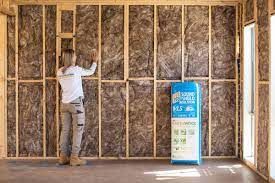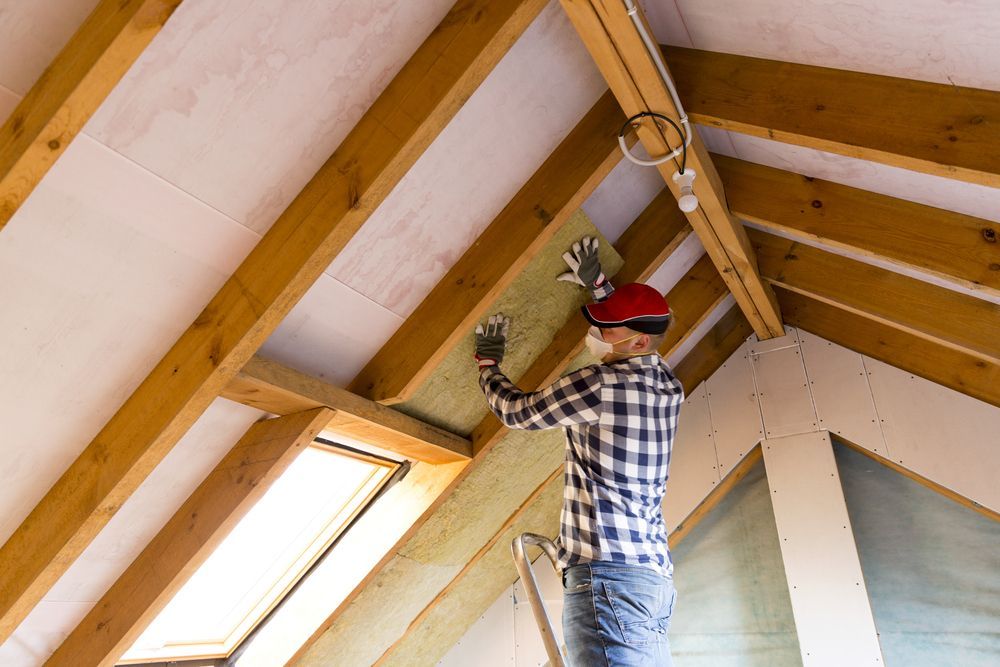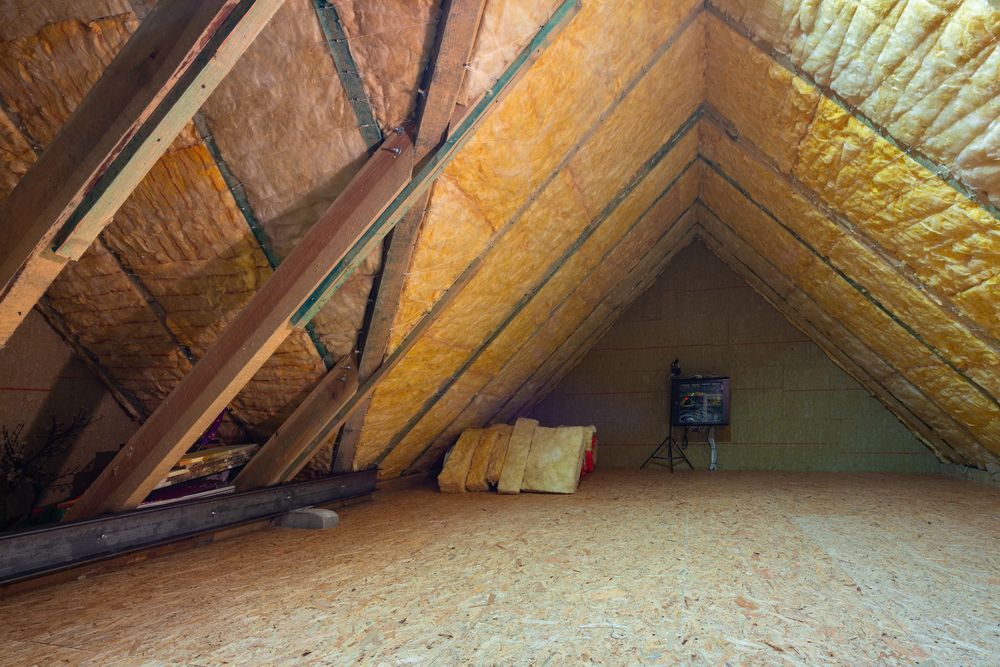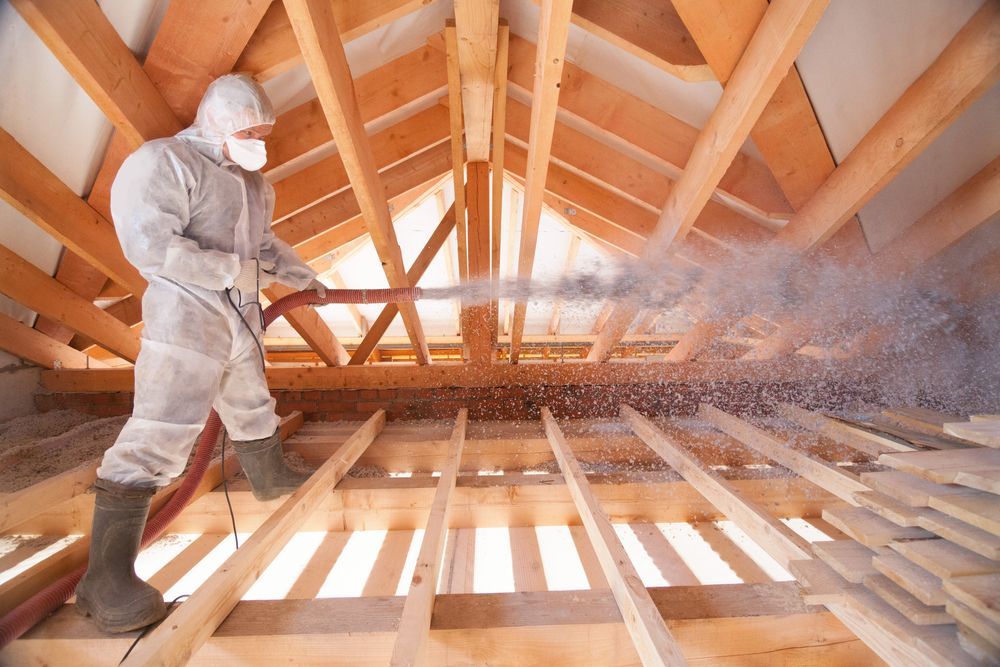The Ultimate Guide to Attic Insulation
Unlocking Comfort: The Ultimate Guide to Attic Insulation
The often-overlooked attic is a crucial component of your home's energy efficiency and overall comfort. Attic insulation plays a pivotal role in regulating indoor temperatures, reducing energy bills, and ensuring a cozy living environment. In this comprehensive guide, we'll delve into the importance of attic insulation, the types available, installation considerations, and the long-term benefits that extend beyond mere temperature control.
Understanding the Significance of Attic Insulation:
Energy Efficiency:
Attic insulation serves as a barrier between your living space and the outdoor environment. By preventing the transfer of heat between the attic and the interior of your home, insulation helps maintain a consistent and comfortable indoor temperature. This, in turn, reduces the need for excessive heating or cooling, leading to energy savings.
Climate Control:
Whether you're facing scorching summers or chilly winters, proper attic insulation acts as a shield against extreme outdoor temperatures. During hot weather, it prevents the attic from turning into a heat trap, and in cold weather, it retains warmth, creating a more stable and enjoyable indoor climate.
Moisture Regulation:
Attic insulation plays a role in moisture control. By minimizing heat transfer and condensation, insulation helps prevent the development of mold and mildew, safeguarding the structural integrity of your home and ensuring a healthy living environment.
Noise Reduction:
Insulating your attic doesn't just regulate temperature; it also provides a barrier against external noise. Whether it's traffic sounds or neighborhood activities, a well-insulated attic contributes to a quieter and more peaceful home environment.
Types of Attic Insulation:
Fiberglass Insulation:
Composed of fine glass fibers, fiberglass insulation is a popular and cost-effective choice. It comes in rolls or batts and is known for its excellent thermal resistance. Fiberglass insulation is fire-resistant and can be easily installed in attics with standard dimensions.
Cellulose Insulation:
Made from recycled paper treated with fire-retardant chemicals, cellulose insulation is an eco-friendly option. It is blown or sprayed into the attic, forming a seamless barrier. Cellulose insulation is known for its high R-value, providing effective thermal resistance.
Spray Foam Insulation:
Spray foam insulation is a versatile option that expands upon application, filling gaps and creating a seamless barrier. It provides exceptional thermal resistance and is effective in preventing air leakage. Spray foam insulation is particularly beneficial in attics with irregular shapes or hard-to-reach spaces.
Mineral Wool Insulation:
Mineral wool insulation is made from natural rock or mineral fibers. It is fire-resistant, moisture-resistant, and provides excellent thermal insulation. Available in batts or loose-fill form, mineral wool insulation is a durable and long-lasting choice for attic insulation.
Installation Considerations:
R-Value:
The R-value measures the thermal resistance of insulation. The higher the R-value, the greater the insulation's ability to resist heat transfer. The appropriate R-value for your attic depends on factors such as climate, local building codes, and the type of insulation used.
Ventilation:
Proper attic ventilation is essential for the effectiveness of insulation. It helps prevent moisture buildup and promotes air circulation. Adequate ventilation ensures that the attic remains dry and reduces the risk of mold and mildew growth.
Air Sealing:
Before installing insulation, it's crucial to address any gaps, cracks, or openings in the attic that may allow air leakage. Air sealing ensures that the insulation functions optimally by creating a continuous barrier against heat transfer.
Professional Installation vs. DIY:
While some homeowners may opt for a do-it-yourself approach, professional installation is recommended for attic insulation. Professionals have the expertise to assess the specific needs of your attic, ensuring proper insulation coverage and addressing potential issues.
Benefits of Attic Insulation:
Energy Savings:
One of the primary benefits of attic insulation is energy savings. By reducing the need for constant heating or cooling, insulation helps lower energy bills, providing a long-term return on investment.
Improved Comfort:
Attic insulation contributes to a more comfortable living space. It minimizes temperature fluctuations, creating a cozy environment year-round. Whether it's a hot summer day or a chilly winter night, your home remains comfortably insulated.
Environmental Impact:
Energy-efficient homes contribute to environmental sustainability. By reducing energy consumption, attic insulation plays a role in lowering greenhouse gas emissions and lessening the overall environmental impact of residential energy use.
Increased Property Value:
Homes with proper insulation are often more attractive to potential buyers. Investing in attic insulation not only enhances your current living conditions but can also increase the resale value of your property.
Common Misconceptions About Attic Insulation:
Attics Don't Need Insulation in Warm Climates:
While it's true that insulation is crucial in cold climates, it's equally important in warm climates. Attic insulation helps prevent heat transfer, keeping your home cooler and reducing the strain on air conditioning systems.
Insulation Is a One-Time Investment:
Attic insulation may require periodic maintenance and inspection. Over time, factors such as settling, pests, or changes in building codes may necessitate additional insulation or adjustments.
More Insulation Is Always Better:
While adequate insulation is essential, more is not always better. Over-insulating an attic can lead to issues such as trapped moisture or inadequate ventilation. It's crucial to follow recommended R-values and installation guidelines.
Insulating Attics Is Only for Energy Efficiency:
While energy efficiency is a significant benefit, attic insulation also contributes to other aspects of home comfort, including temperature regulation, moisture control, and sound insulation.
Future Trends in Attic Insulation:
Smart Insulation Solutions:
The integration of smart technologies in home insulation is an emerging trend. Smart insulation solutions may include sensors that monitor temperature and humidity, allowing homeowners to optimize energy use and indoor comfort.
Sustainable Insulation Materials:
The demand for sustainable building materials extends to insulation. Future trends may see the increased use of eco-friendly and recyclable insulation materials, aligning with the growing emphasis on environmental responsibility.
Innovations in Installation Techniques:
Ongoing research and development are likely to lead to innovations in attic insulation installation techniques. This may include more efficient methods, improved air sealing, and enhanced insulation materials.
Conclusion:
Attic insulation is not merely an addition to your home; it's a key player in creating a comfortable, energy-efficient, and sustainable living space. From choosing the right insulation type to addressing installation considerations, understanding the benefits and dispelling common misconceptions, this guide equips homeowners with the knowledge needed to unlock the full potential of their attics. As we embrace the future of sustainable living, attic insulation stands as a cornerstone, providing a foundation for homes that are both energy-smart and environmentally conscious.
Let’s talk about your project
Fill out the form, or call us to set up a meeting at
We will get back to you as soon as possible.
Please try again later.
At
Battle Tested Insulation, we pride ourselves on our unmatched expertise, dedication to customer satisfaction, and unwavering commitment to sustainable practices.









